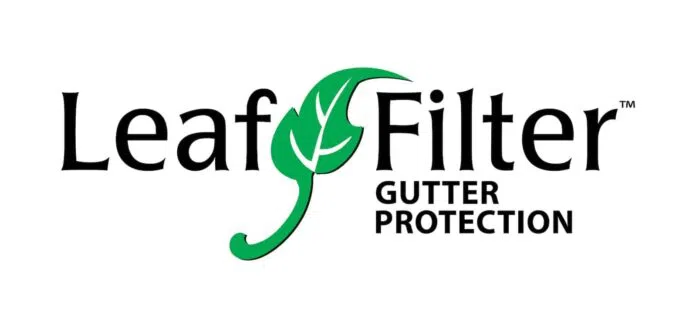Signs You May Need Gutter Guards
Gutter guards aren’t always needed, but the signs of blocked and overflowing gutters are clear. Here are some signals of chronic gutter issues:
- Visibly saggy, damaged, or misaligned gutters that no longer correctly direct rainwater
- Frequent clogs that lead to overflow and water spilling over gutters
- Leaky seams or joints where water leaks out of gutters
- Soggy ground or visible erosion around your house's foundation
- Mold growth, peeling exterior paint, or interior water stains on walls near gutters.
How To Choose a Gutter Guard Installer
Assess Their Experience
When choosing an installation company, look for one with considerable experience and knowledge about many brands and guard types. A company with experience will understand how to take measurements and fit gutter guards for your specific needs. Ask about a provider's years of experience and request referrals from local customers.
Verify Proper Licensing and Insurance
Confirm that any companies you're considering are properly certified, bonded, and insured, with both workers compensation and general liability policies. This shields you from liability for potential injuries and accidents. Request current licensing and insurance papers from any potential providers.
Choose Reputable Brands
Look for installers that carry leading trusted gutter guard brands such as Gutter Helmet and LeafFilter. Steer clear of companies that only install their own off-brand products or generic no-name guards. These lesser-known products may not have the same level of rigorous testing as major brands.
Seek Custom Fit Services
For optimal performance, guards should be sized and trimmed on-site to fit your gutters. Choose a company that specifically measures and trims guards for your home rather than using generic guards. Properly fitted guards won't have any gaps where debris can get trapped.
Examine Warranties
High-quality gutter guard companies normally offer 20-year or lifetime warranties protecting against clogs, leaks, rust, and other issues. Before choosing a provider, carefully read through the warranty terms for both workmanship and materials guarantees. Warranties are the best way to safeguard your investment into your gutters.
Check Reviews and Referrals
Be sure to check online reviews on Google Reviews, Yelp, the Better Business Bureau (BBB), and other review sites to read about customer experiences. Ask neighbors to recommend quality local gutter guard companies. When researching providers, it's best to select companies with a track record of consistently good feedback instead of just one or two reviews.
Types of Gutter Guards
There are six typical types of gutter guards. These include the following:
- Foam guards consist of pieces of foam that are placed in your gutters to stop debris. They're light and easy to install. Foam guards cost around $2.47 per linear foot.
- Brush guards are exactly what they sound like: large brush bristles that sit in your gutters and let water through while catching debris. Brush guards cost roughly $4.05 per linear foot.
- Screen guards have large holes that allow water to pass through while blocking debris. Screen guards cost roughly $4.51 per linear foot.
- Mesh guards stop debris but allow water to flow through. Mesh guards have even smaller holes than screen guards. They're durable and let debris slide off rather than sitting on top of your gutters. Mesh guards cost roughly $4.23 per linear foot.
- Micro-mesh guards have even smaller holes than mesh guards and let even less debris through than mesh. They are very effective. On average, you can expect to spend $5.30 per linear foot for micro-mesh guards.
- Surface tension guards, sometimes called reverse curve guards, use surface tension to encourage debris to slide off while water flows through into the gutter. They can typically be seen from the ground. On average, you can expect to pay $3.31 per linear foot for surface tension guards.












